Major Power Relations
Your Present Location: PROGRAMS> Major Power RelationsLiu Dian: India loses edge due to failure to build industrial base
By Liu Dian Source: Global Times Published: 2017-10-15
Second-quarter economic figures show that India`s manufacturing sector growth slowed sharply from 10.7 percent a year earlier to 1.2 percent, leading to only 5.7 percent GDP growth - far below the anticipated level of 6.5 percent and the worst performance since 2014.
Indian Finance Minister Arun Jaitley said that the slowdown in GDP growth was worrying. Obviously, it`s a great economic challenge. Optimism is declining, and his statement confirmed the worrying outlook for India`s economic development.
India`s economic structure is "upside-down" when it comes to the role of the services sector, and the country has failed to establish a solid industrial foundation. In term of the services industry itself, outsourcing services have become the core of the sector, making economic growth heavily dependent on the external environment.
The world economy in general is showing mediocre growth. Weakness among India`s traditional partners including Europe and the US, trade protectionism by the Trump administration and the decrease of external capital liquidity have all hurt the economic growth and development of India.
Domestically, although India`s services industry can partly replace the role of industry, it can`t totally diminish the contribution of industrial development to the economic growth. In recent years, India`s GDP has grown at a high speed, while the urbanization rate, which should be closely correlated to GDP growth, did not follow suit. In other countries, rapid growth is always accompanied by rapid urbanization, so India`s performance is considered an anomaly.
The "upside down" economic structure may be the core of the problem. The prosperity of the tertiary industry in India is not based on the industrialization of the country; it is the result of the direct grafting of Western industry onto its small-scale peasant economy. The financial and information technology-based high-end services industry in India has high demand for professional talent, but it cannot absorb a large number of people. Hence, India`s GDP growth has not led to significant growth in non-farm employment.
The high-end services industry has created several developed cities like Bangalore and Mumbai. However, on the vast South Asian subcontinent, these cities are just a few bustling islands. With the gap between cities and the vast rural areas widening, and with inadequate infrastructure, India`s huge economy lacks development momentum.
If the Indian government cannot provide jobs for hundreds of millions of rural residents entering the cities through economic reform, if it cannot build a solid foundation of industrialization and bridge the social gap - even if India achieved the world`s fastest GDP growth, it would be just a beautiful facade.
The Modi government has done little to adjust the economic structure. Although the government hopes to achieve national industrialization by strengthening the government`s economic governance capacity and attracting investment, there has been little result.
The government has vigorously developed the concept of the "Digital India" but has been embarrassed by the lack of infrastructure. In terms of establishing special economic zones, the central and state governments have different ideas about attracting investment and constructing infrastructure. What`s more, a program of land reform was hastily ended after farmers and politicians resisted. Overall, India`s economic development still faces huge difficulty.
Due to the lack of new economic growth points, although India`s GDP is growing rapidly, employment has not followed suit. The gap between economic growth and employment growth signals that unemployment will become severe and the Indian economy has entered a "growth plateau."
The Indian government sees investment as a stimulus of economic development and is making great efforts to establish special economic zones, promote administrative management and improve the transport system. But India faces a relatively harsh investment environment. World economic development has slowed down, anti-globalization sentiment and trade protectionism are increasingly prevalent and manufacturing outsourcing orders are gradually shrinking.
Compared with neighboring countries like Pakistan, Bangladesh and Southeast Asian countries, India does not have a clear competitive advantage in labor-intensive and raw material-intensive industries.
The author is an assistant research fellow at the Chongyang Institute for Financial Studies, Renmin University of China.
Key Words: India; economy; trade; Liu Dian











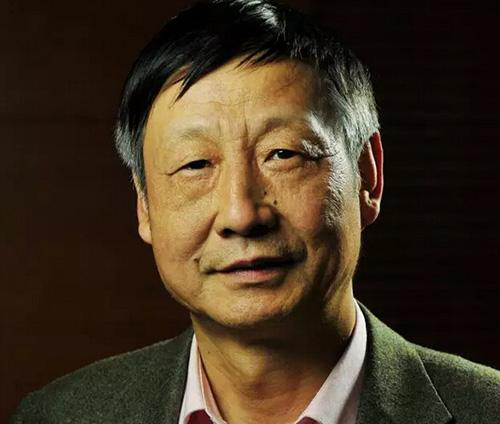





















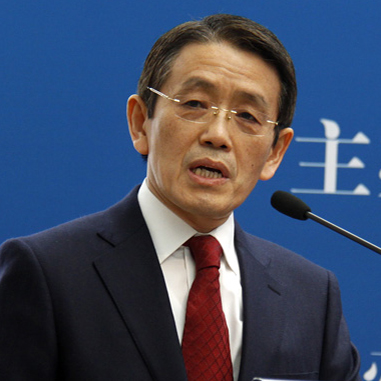












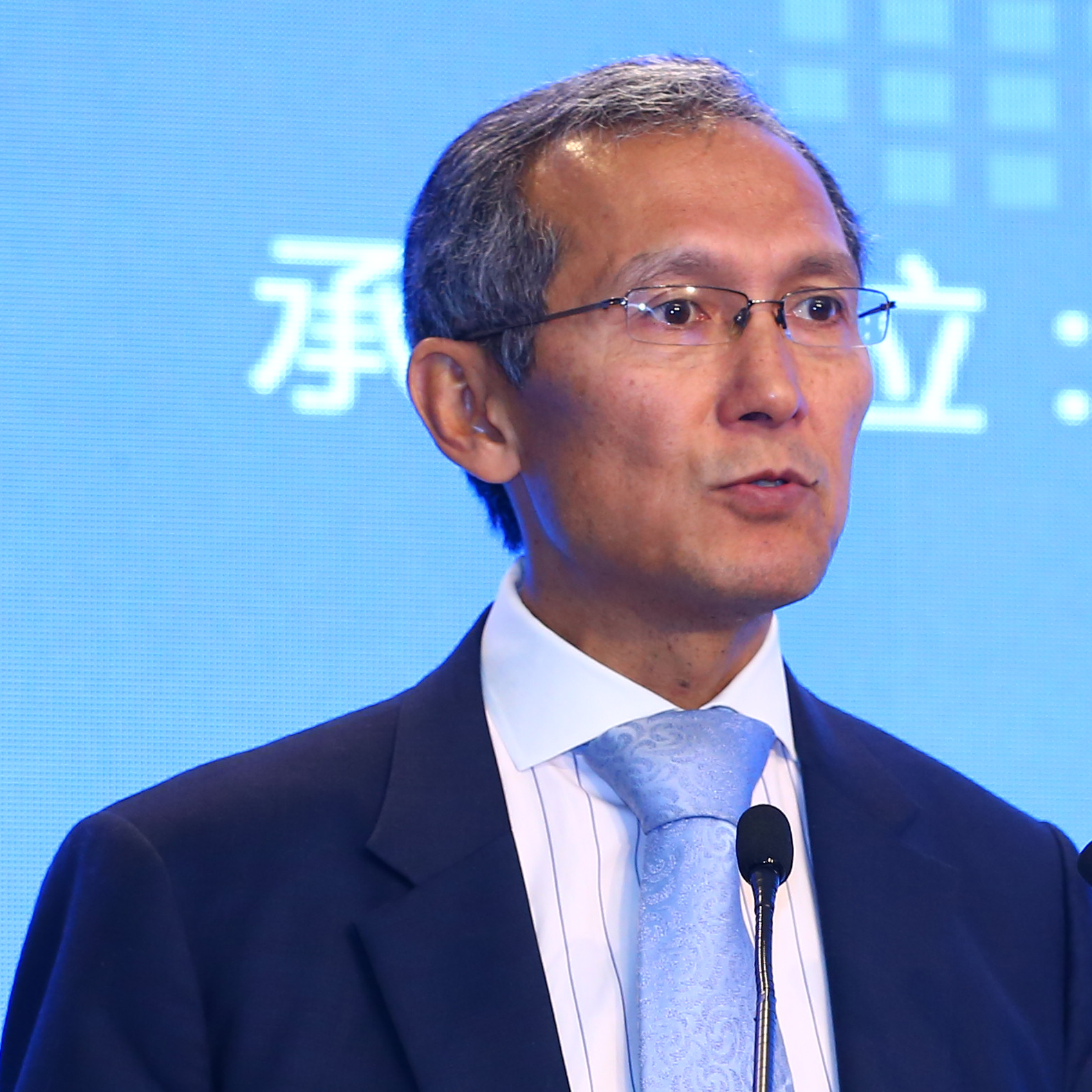


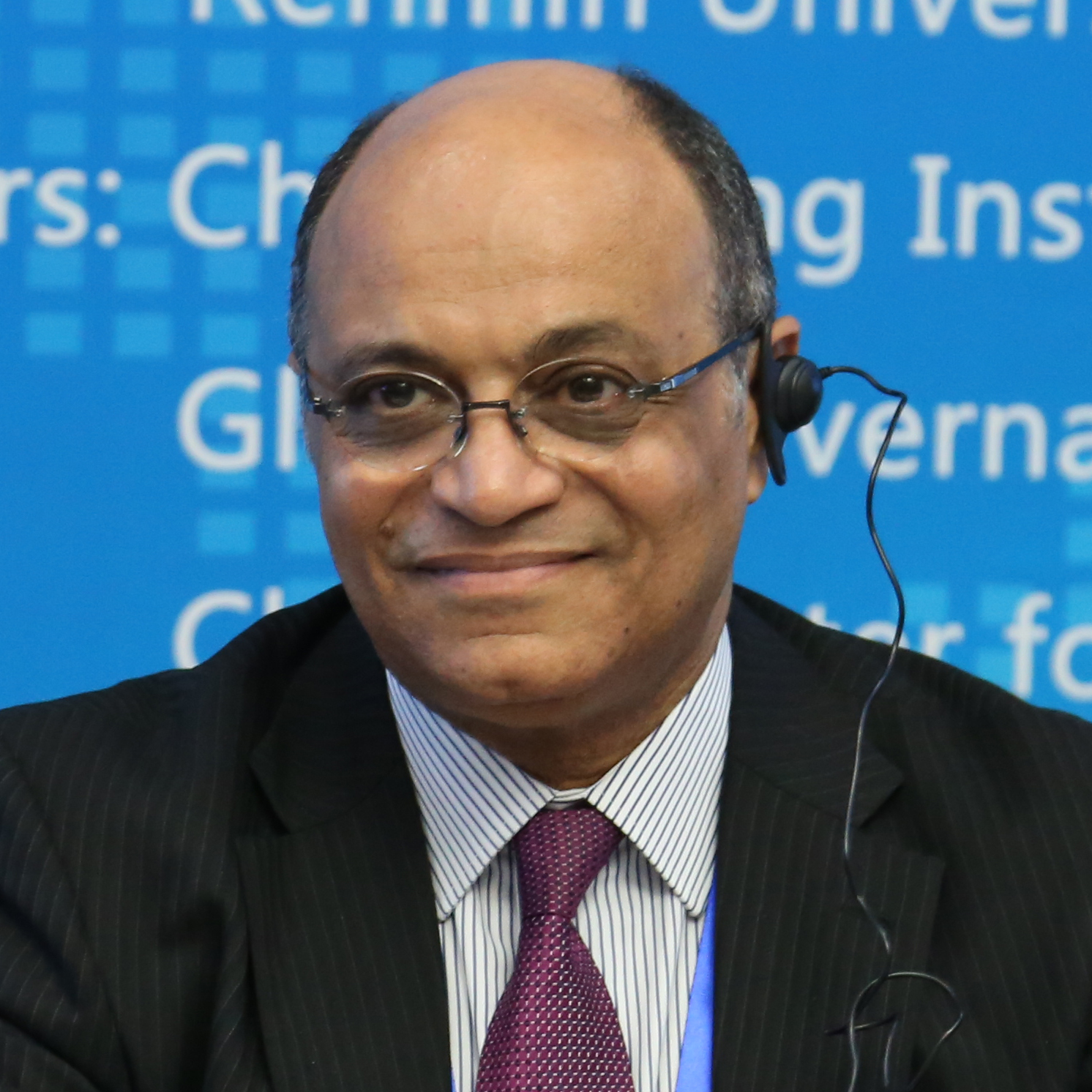










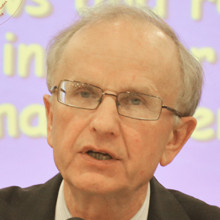

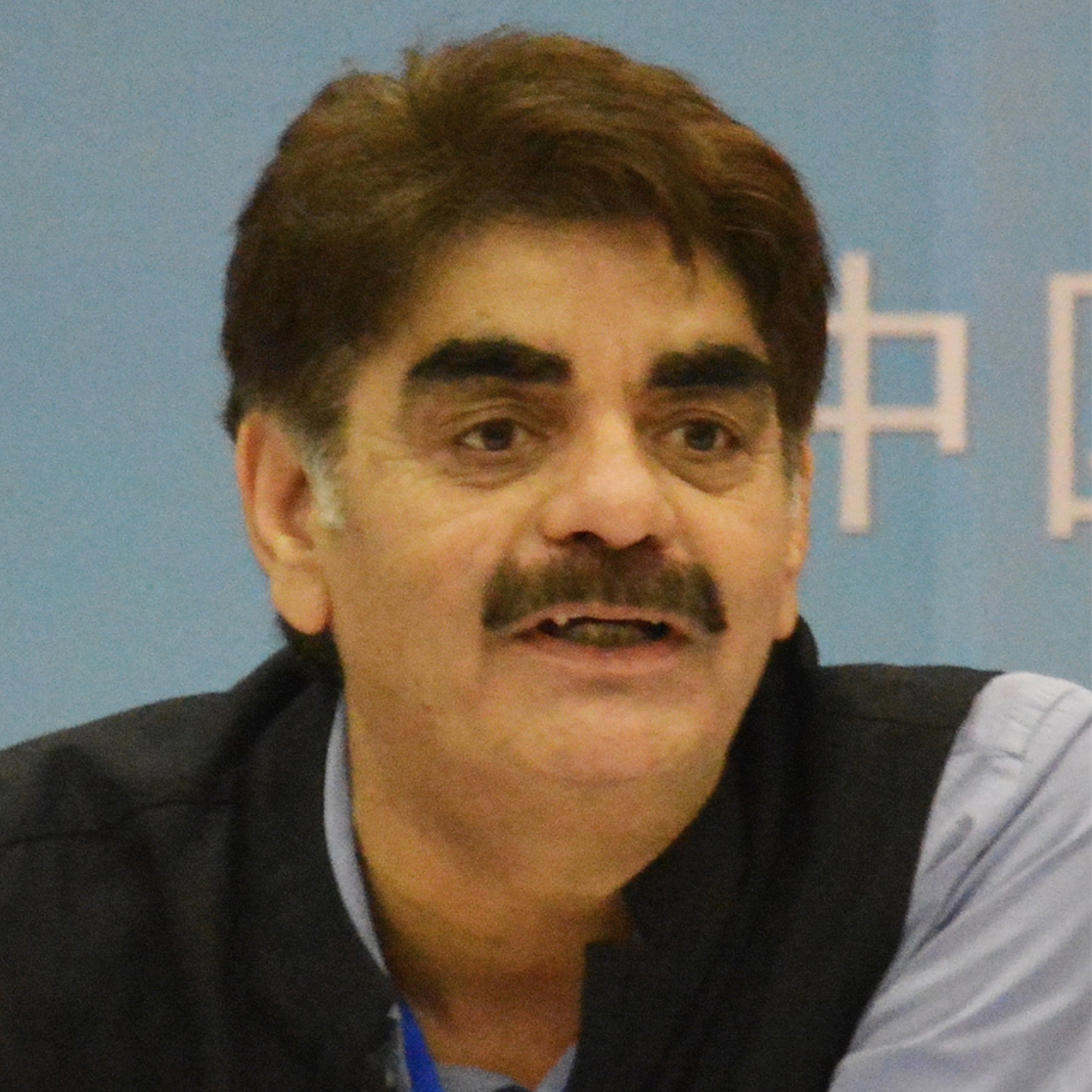

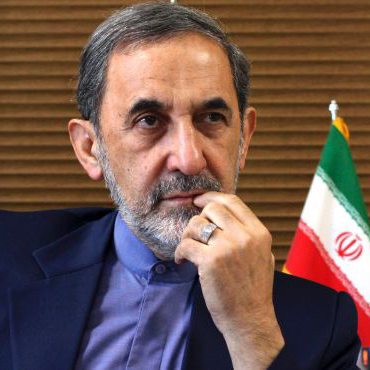




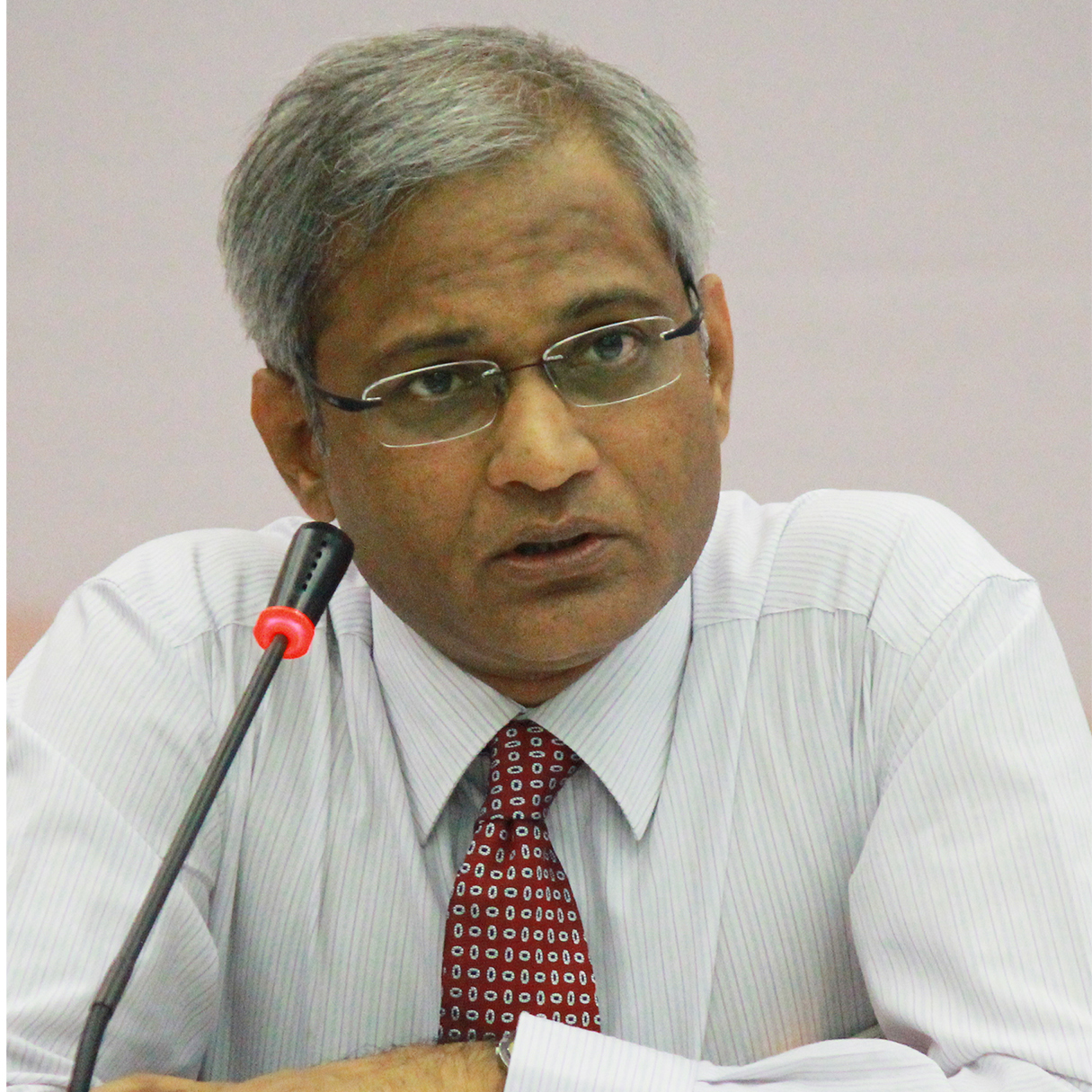
















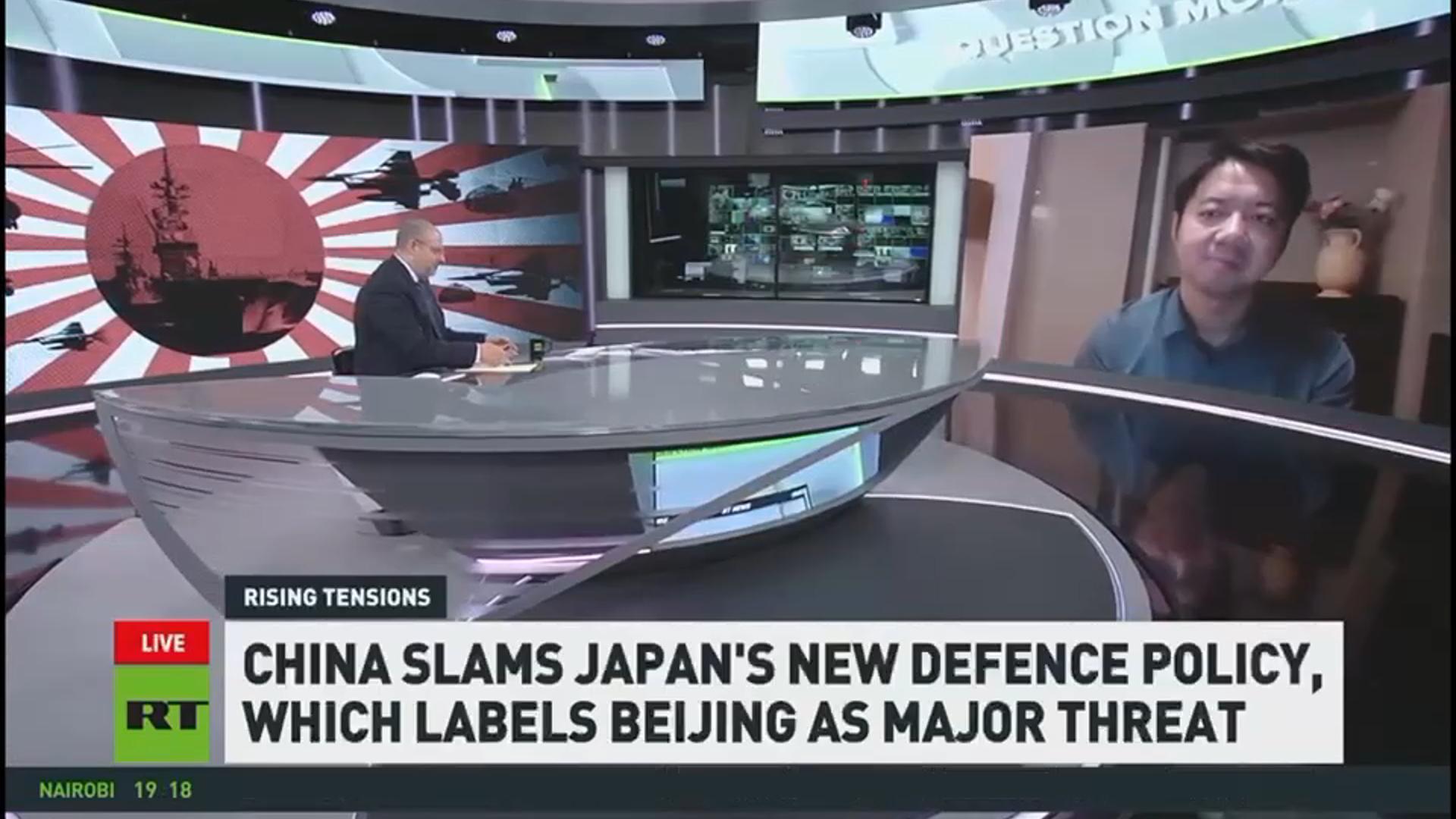
 京公网安备 11010802037854号
京公网安备 11010802037854号





